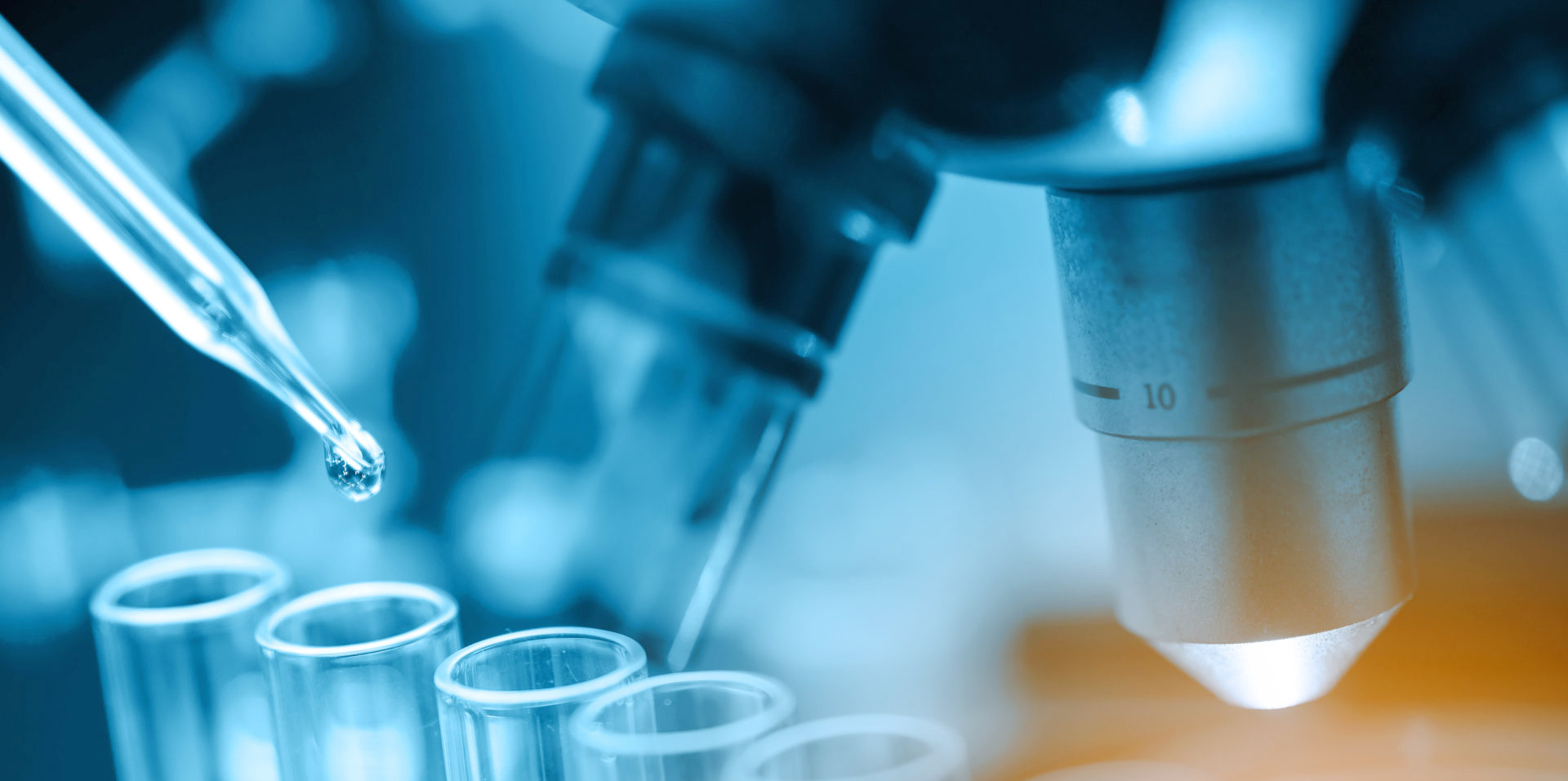
Newsroom
China's Shenzhou-20 Crew to Conduct Three New Life Science Experiments in Space Station

Zebrafish at the China Space Station. /VCG
The Shenzhou-20 astronauts, or taikonauts, will conduct three new life science experiments, involving zebrafish, planarians and streptomyces, during their stay at the China Space Station, the China Manned Space Agency (CMSA) announced on Wednesday.
Zebrafish experiment
Based on the zebrafish–Elodea dual ecosystem established during the Shenzhou-18 mission, this study will explore how microgravity affects protein homeostasis in higher vertebrates. It aims to reveal the role of protein homeostasis in regulating bone loss and cardiovascular dysfunction caused by weightlessness – key medical challenges in deep space exploration.
Planarian regeneration
This will be China's first space-based planarian regeneration experiment. Given planarians' remarkable regenerative ability, the study will investigate fundamental mechanisms of regeneration at the organism level, potentially contributing to the treatment of space-related injuries and other health issues.
Streptomyces research
Streptomyces, a type of bacteria, play a crucial role in soil improvement, plant growth promotion and ecosystem sustainability. This experiment will examine how space conditions affect the expression of bioactive compounds and enzymes with practical value, laying the groundwork for developing microbial applications using space resources.
Currently, all space science experiments are progressing steadily according to plan. Over 200 scientific and application projects have been carried out in orbit so far. At the end of last year, China released its first report on scientific research in its space station, with more findings to be released regularly.
During their stay, in addition to the experiments mentioned above, the Shenzhou-20 crew will conduct 59 experiments and technical demonstrations in areas such as space life sciences, microgravity physical sciences and new space technologies. These include potential breakthroughs in cultivating vascularized brain organoids on chips, exploring the non-equilibrium dynamics of soft matter, and studying the fabrication of high-temperature superconducting materials in space.